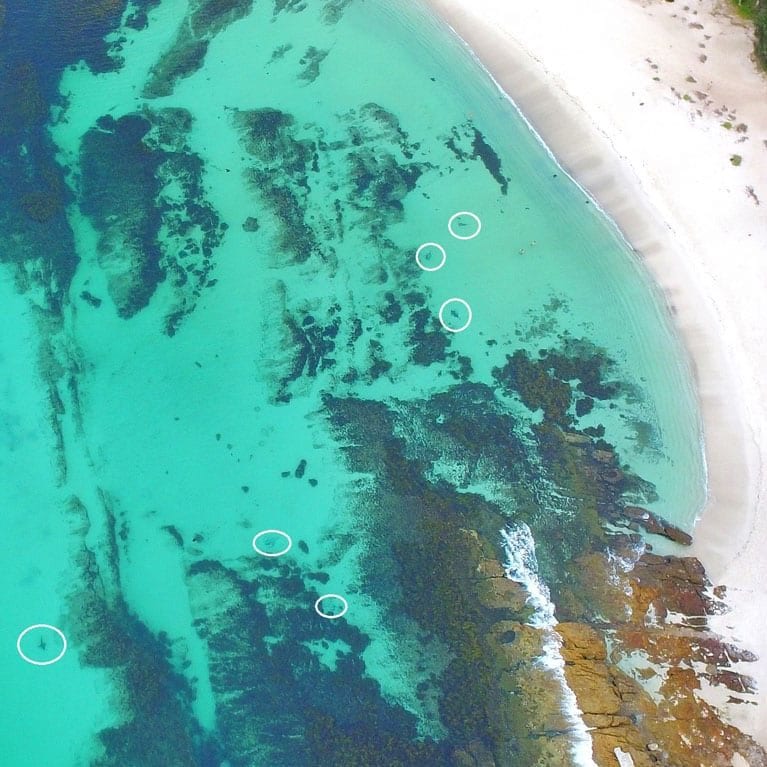Shark Aerial Patrol
Incidents involving sharks and people are on the rise in South eastern Australia. Finding a non-lethal solution is a conservation challenge. Australian Aerial Patrol has been observing sharks for 18 years. Lachlan will examine their historical data to better understand and improve shark safety strategies.
I grew up in south-eastern Australia and ever since I can remember I have been fascinated by the aquatic world – and by fish in particular. My dad still likes to tell people how as a child I used to run to any patch of water, whether it was a puddle or the ocean or anything in between, and shout that I could see a fish! No matter how small or insignificant that fish, I was still very excited and usually had to be carried away from the water I was looking into or I would never leave. In my...
Facilitating long term aerial monitoring of inshore shark distribution and abundance in south eastern Australia
Ensure the accuracy, reliability and statistical rigour of shark sighting data collected by Aerial Patrol volunteers and enable these data to be used for shark management purposes.
Long term observations of shark abundance and distribution are rare, especially if independent of fishing activities. Whilst there are is one long tern data sets available to the north of the patrol area it is based on a shark culling program and this has documented significant declines in some species. The Aerial Patrol is in a unique position to count shark numbers as its charter relates to spotting sharks and its role in beach safety will continue long into the future.
Moreover, whilst the chance of shark attack is very slim the presence of sharks on beaches generates a great deal of concern that translates into political pressure for action. This has generated a culling program for the beaches 200klm north of the Aerial Patrol flight path which has operated for 70 years. This culling program has a significant bycatch of protected and endangered species
Currently each shark sighting is logged and we have 18 years of data which has potential value because it is fishery independent, does not involve mortality of sharks, covers a large stretch of coastline and there are no alternative sources of the same information. What we are unclear about is the potential value and limitations of the data and we need the expertise of those who have been involved in aerial assessments of marine animals. We know from the existing literature that there are issues we need to either simply acknowledge (such as the potential double counting) or factor into our analyses (e.g. lack of randomness in sampling due to flights path being the same every trip). It would be a shame to have collected another ten years of data to then be told that some simple changes could have enhanced its value.
There is a great deal of public interest in sharks, both positive and negative. The AAP has a lot of credibility in the community and we are in a position to provide factual information, as long as it is credible. We want to provide report backs to the community on our sightings and provide objective information on numbers we see each year.
- Secure the expert advice we need to generate a better understanding of the value and limitations of our data
- Design and trial improvements in data collection techniques in consultation with volunteer observers
- Incorporate changes into observer protocols and training packages


